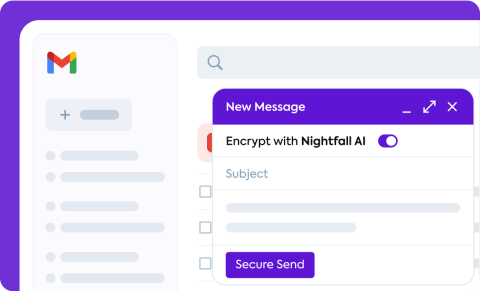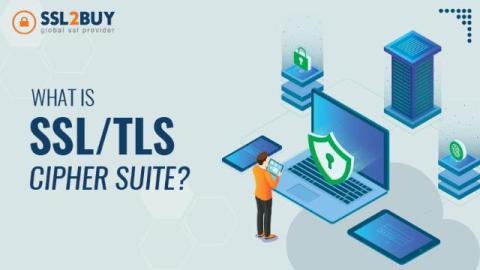What Is PGP Encryption and How Does It Work?
You’re working late Thursday evening as a contractor for a powerful government agency. You stumble across classified documents uncovering a surveillance program that invades the privacy of millions of citizens. Your heart races as you decide to expose this to the masses and enlist the help of a few journalists. But you also know the organization you work for monitors emails (and other forms of communication). If your emails hit the wrong eyes, you could face severe penalties.









